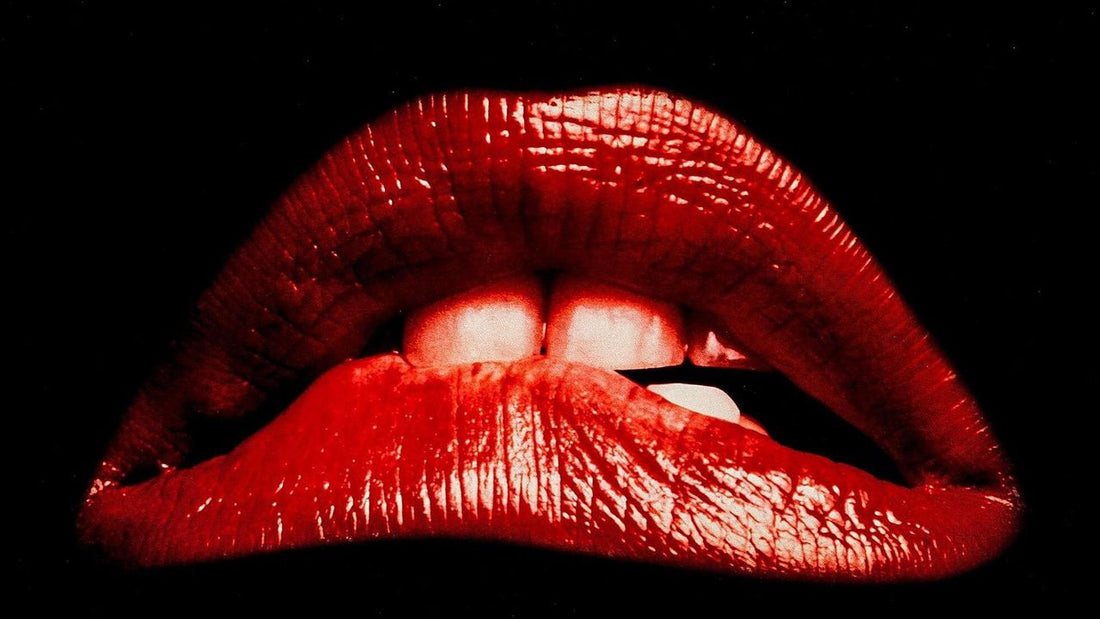
The Rocky Horror Picture Show
Share

Why It Still Matters
Few films have leapt from obscurity to immortality quite like The Rocky Horror Picture Show. Released in 1975, this outrageous mix of science fiction, horror, and musical comedy began as a quirky stage production in London before transforming into a full-blown cultural phenomenon. Today, it holds the record as the longest-running theatrical release in cinema history — a testament to its enduring power to shock, delight, and inspire audiences around the world.
A Strange Journey
The story begins with squeaky-clean couple Brad Majors and Janet Weiss, whose car breaks down on a stormy night. Seeking shelter, they stumble into a mysterious Gothic castle, home to the eccentric Dr. Frank-N-Furter.
Frank, a self-proclaimed “sweet transvestite from Transsexual, Transylvania,” is in the midst of unveiling his latest creation: Rocky Horror, a muscle-bound man crafted to be his ideal partner. Over the course of one bizarre, chaotic evening, Brad and Janet are swept into Frank’s world of wild parties, strange experiments, and unrestrained indulgence. What begins as a polite request for help quickly spirals into a surreal journey of liberation, desire, and identity.
The Faces of Rocky Horror

- Dr. Frank-N-Furter — Tim Curry, in a career-defining performance that fused menace, glamour, and camp.
- Brad Majors — Barry Bostwick, the buttoned-up fiancé navigating a night of madness.
- Janet Weiss — Susan Sarandon, whose transformation is one of the film’s central arcs.
- Riff Raff — Richard O’Brien, who also wrote the original stage musical.
- Magenta — Patricia Quinn, forever linked to the film’s iconic lip-synced title sequence.
- Columbia — Nell Campbell (Little Nell), a tap-dancing bundle of chaotic energy.
- Rocky Horror — Peter Hinwood, the golden creation.
- Eddie — Meat Loaf, unforgettable despite his brief screen time.
- The Narrator — Charles Gray, dryly guiding the audience through the madness.
Behind The Scene's
Directed by Jim Sharman, the film was adapted directly from The Rocky Horror Show, a stage musical first performed in 1973. Much of the movie was filmed at Bray Studios and Oakley Court, a Gothic revival mansion near Windsor, England, whose eerie grandeur became a character in itself.
The film’s distinctive look came from cinematographer Peter Suschitzky, who later worked on The Empire Strikes Back. Costume designer Sue Blane helped define the film’s visual identity, inspiring fashion movements with her punk-meets-glam aesthetic. The soundtrack, from “The Time Warp” to “Sweet Transvestite,” cemented the film’s status as both cult cinema and rock musical.
Legacy & Cultural Impact
On its initial release, The Rocky Horror Picture Show was a critical and commercial disappointment. But at midnight screenings across the U.S. and U.K., something extraordinary happened: audiences began interacting with the film. They dressed as characters, shouted dialogue back at the screen, and threw props during key scenes. What started as novelty became a ritual, and soon Rocky Horror screenings were less about the film itself and more about the shared experience.
This phenomenon continues nearly fifty years later. The film has become a celebration of queerness, individuality, and self-expression, influencing countless artists and creating a space where outsiders felt seen. More than just a movie, The Rocky Horror Picture Show became a movement — a reminder that cinema can be as much about community as it is about story.
Final Thought
Nearly half a century on, The Rocky Horror Picture Show remains a one-of-a-kind experience. Part musical, part parody, part social revolution, it is proof that sometimes the strangest creations are the ones that last the longest. For audiences old and new, Rocky Horror is more than a film — it’s a rite of passage.
